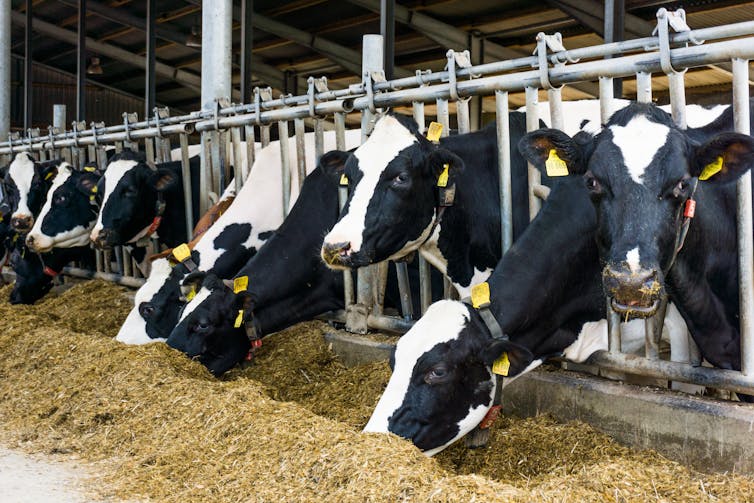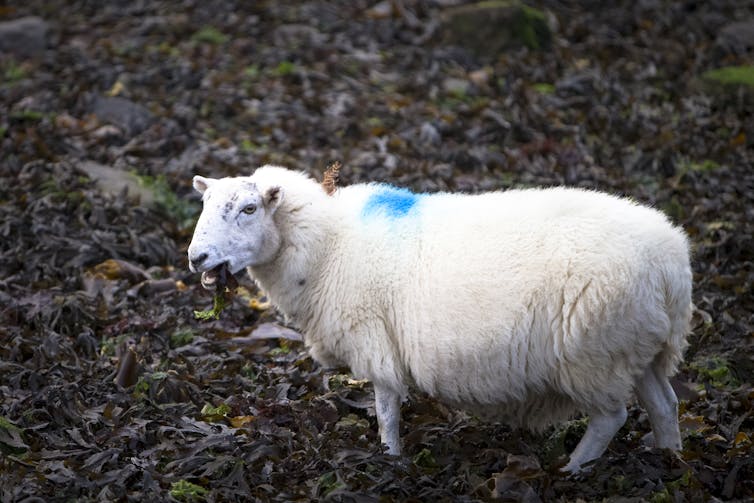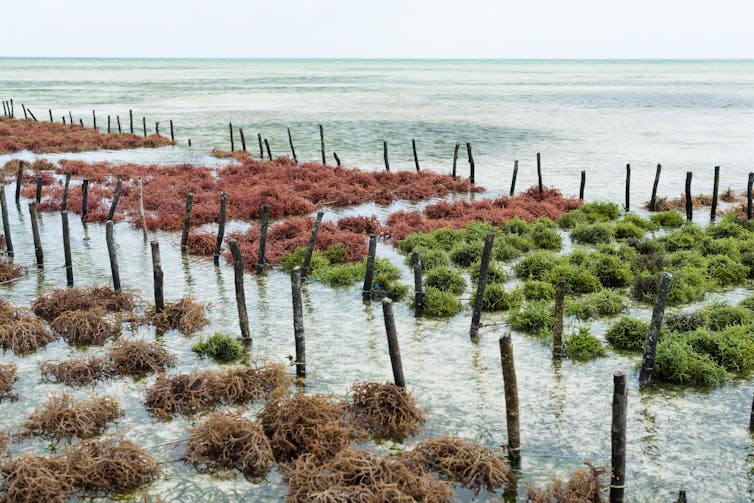Demand for food is increasing rapidly – the global population is expected to reach 11.2 billion by 2100. To keep up with the additional mouths to feed, intensive farming practices have maximised production, but often at the expense of the environment and human health.
Livestock is reared to maximise economic returns, which often means animals are kept in close confinement with each other, increasing the risk of disease. As a result, antibiotics are often used to treat animals destined for human consumption, but relying on them can cause bacteria to develop resistance in the long run. A recent review found 100 academic studies on antimicrobial resistance had detected a link between antibiotic consumption in animals and antimicrobial resistance in humans.

This means that using antibiotics in animal rearing can cause resistant bacteria that may also affect humans down the food chain. Antibiotics have been phased out of livestock rearing in the EU and in their place zinc has been introduced into the diet of animals to help kill bacteria which cause Salmonella and E. coli.
High levels of zinc in the diets of pigs and cows can help them grow bigger and kill E. coli, but it’s starting to become an environmental issue in its own right. Most of the zinc fed to the animals is excreted and washed into waterways and soils where it can harm aquatic life and acidify the soil. As a result, European legislation will phase out the use of zinc by 2022.
This leaves the producers of livestock feed and farmers in a difficult position. New products are needed to prevent infection in livestock which don’t harm the environment or human health by contributing to antimicrobial resistance, but where could they come from?
Let them eat seaweed
Seaweed could be the answer. Brown seaweeds synthesise a unique class of compound called phlorotannins as they grow. These compounds can kill bacteria that emerge among farm animals. How effectively these compounds can kill bacteria depends on the species of seaweed being used, with different species producing more potent bactericides.
The flock of North Ronaldsay sheep in Scotland have grazed on nothing but seaweed for generations. Animals raised on such diets which are rich in Omega-3 fatty acids produce healthier – and arguably tastier – meat.

Seaweed can be grown in the ocean and harvested from natural stocks in a rotational manner, ensuring natural habitats don’t have to be plundered to supply livestock farmers. Seaweed farming also doesn’t have to compete for land space like traditional feed crops and could reduce pressure on agricultural land – allowing space for habitat restoration and rewilding which helps fight climate change.
Seaweed farms in the ocean draw in a lot of carbon dioxide – which helps de-acidify the seawater around them – and release oxygen. This improves the health of sea life nearby and helps organisms such as coral or sea snails to grow stronger exoskeletons of calcium carbonate.

Modern farming uses huge quantities of fertiliser which run off the land and into rivers and the ocean. There, these nutrients stimulate algae which grow and multiply. When algal blooms die and decay, they’re decomposed by bacteria which absorb oxygen from the water, creating vast dead zones where fish and other aquatic life suffocate. Luckily, growing seaweed requires no fertiliser and only uses nutrients which already exist in seawater.
Global seaweed production rose from 10.5 to 28.4 million tonnes between 2000 and 2014, but 95% of this was in Asia. There’s therefore huge growth potential for seaweed agriculture in the rest of the world. The brown seaweeds which produce the helpful antibacterial compounds are widespread on temperate shores, and by converting them into supplements for livestock feed, a vibrant industry that’s good for humans and the environment could flourish.

Lauren Ford, Research Fellow, Queen's University Belfast and Pamela Judith Walsh, Lecturer in Chemical Engineering, Queen's University Belfast
This article is republished from The Conversation under a Creative Commons license. Read the original article.